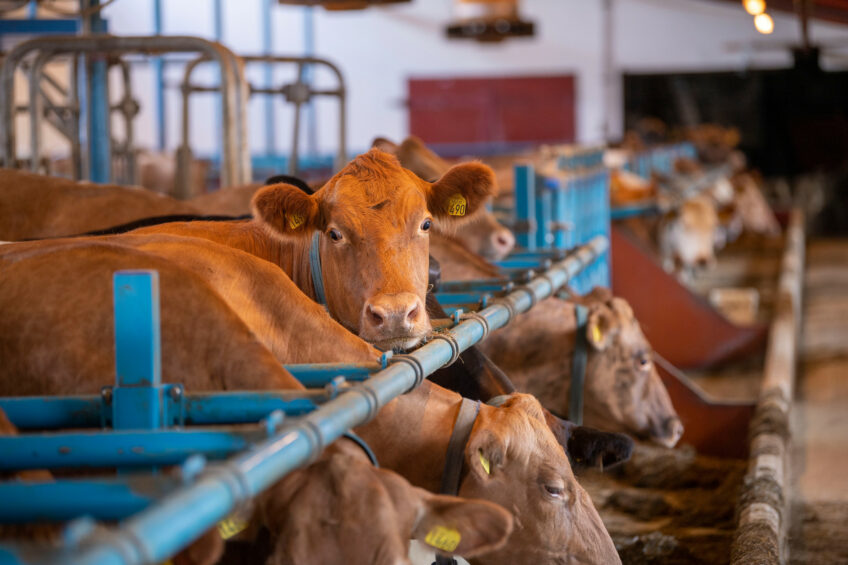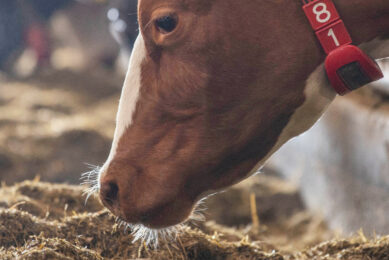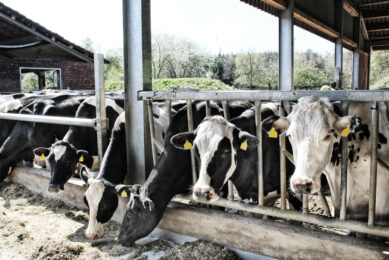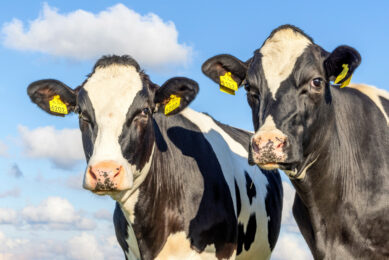Germany’s new protein evaluation system reshaping dairy diets

In response to environmental pressures and economic realities, Germany has introduced a new protein evaluation system that promises to reshape how nutritionists formulate diets for dairy cows. This system, coupled with strategic methionine supplementation, offers a powerful way to enhance profitability while driving sustainability.
From utilisable protein to digestible protein
For decades, the dairy industry in Germany has relied on the ‘utilisable protein’ system to assess cow protein requirements and utilisation. While this system served its purpose, it had limitations in accurately accounting for the complex processes within the cow’s digestive tract. Germany’s new approach, centered on ‘small intestinal digestible protein,’ marks a shift in dairy nutrition.
Dr Karl-Heinz Südekum, Professor Emeritus of Animal Nutrition at the University of Bonn and a key architect of the new system, explained the fundamental change noting that the small intestinal digestible protein system focuses on the total amino acids that reach the small intestine and their digestibility rather than just the protein content of the feed. This variable allows nutritionists to tailor diets more precisely the specific needs of each cow.
“We are convinced that this will contribute largely to an improvement of nitrogen use efficiency because a more tailored supply of individual amino acids is possible,” he said.
By considering individual amino acids, nutritionists can better match the supply of these essential building blocks with the cow’s requirements for milk production, growth, and maintenance. This targeted approach optimises protein utilisation and minimises excess protein that can contribute to nitrogen excretion and environmental pollution.
The unsung hero of ruminant nutrition
The new German system also places a greater emphasis on the role of microbial protein. Microbes in the cow’s rumen ferment feed and produce protein, a crucial source of amino acids for the cow.
“We looked at the microbial part of amino acids and the protein that flows into the small intestine,” said Südekum. “The first question was: what does the amino acid pattern of microbial protein look like? And why should we address this topic [when] there’s already data based on a meta-analysis that shows the amino acid pattern of microbial crude protein?”
Researchers conducted a new analysis specifically focusing on typical central European rations, which contain a maximum of 60% concentrates in their total diet. They also differentiated analysers of fluid- and particle-associated bacteria plus protozoa, pooled data of bacterial fractions, and estimated protozoal contribution to total microbial amino acid flow to the duodenum.
By understanding and accounting for microbial protein, nutritionists can refine feed formulations further, ensuring that cows receive the right balance of amino acids from both dietary and microbial sources. This approach improves nitrogen efficiency and reduces the need for protein supplements.
“The quality and flexibility of the new systems will contribute to improved nitrogen use efficiency during the production of milk and meat …” said Südekum. “The major driver (demonstrating) that the system serves better than the previous one, in terms of nitrogen use efficiency, is the improved correction of the feed protein value.”
The new protein evaluation system is included in the German ‘Blue Book,’ (being translated into English and will be available later this year), which also includes updated recommendations on energy evaluation (switching to metabolizable energy), structural value of rations, feed and water intake, and mineral requirements. This comprehensive resource provides nutritionists with a wealth of information on optimising dairy cow diets.
Methionine: The essential amino acid for dairy success
While the new protein evaluation system provides a powerful framework for optimising protein nutrition, one amino acid stands out as particularly crucial: methionine. Methionine is the first limiting amino acid in most dairy rations, meaning it is often the first to become deficient. This essential nutrient is critical in milk protein synthesis, metabolism, and reproduction.
“Balancing diets to meet cow’s requirements on methionine ensures optimal health, milk production, and reproductive performance,” explained Edwin Westreicher, Dr. sc. agr. habil., Novus technical service manager dairy, EMEA, during the webinar. “We also are concerned with environmental problems related to nitrogen excretion. The most efficient strategy is reducing crude protein content in diets.”
Lowering crude protein content is a common way to improve nitrogen efficiency, lower nitrogen excretion, and lower feed costs. However, this practice can inadvertently lead to methionine deficiency. This is where strategic methionine supplementation becomes a game-changer.
The future of dairy nutrition
Germany’s new protein evaluation system, coupled with strategic methionine supplementation represents a significant advancement in dairy nutrition. These tools empower nutritionists and producers to formulate more precise and efficient diets, ultimately leading to healthier cows, higher milk production, and improved sustainability. As the dairy industry evolves, embracing these innovations will be crucial for long-term success.
References available on request.
For more information on the role of a feed additive as a methionine source, click here.
Join 13,000+ subscribers
Subscribe to our newsletter to stay updated about all the need-to-know content in the dairy sector, two times a week.










